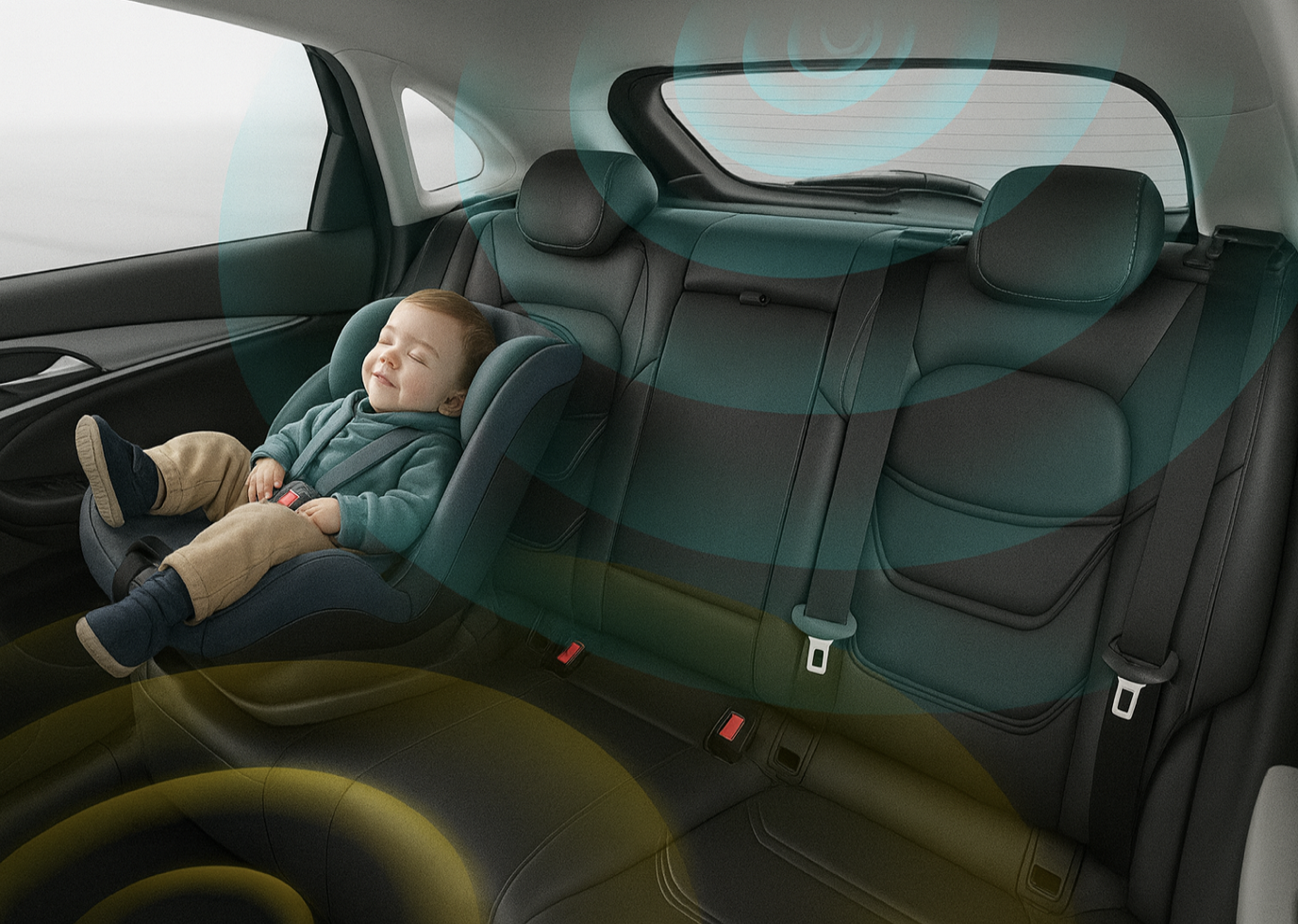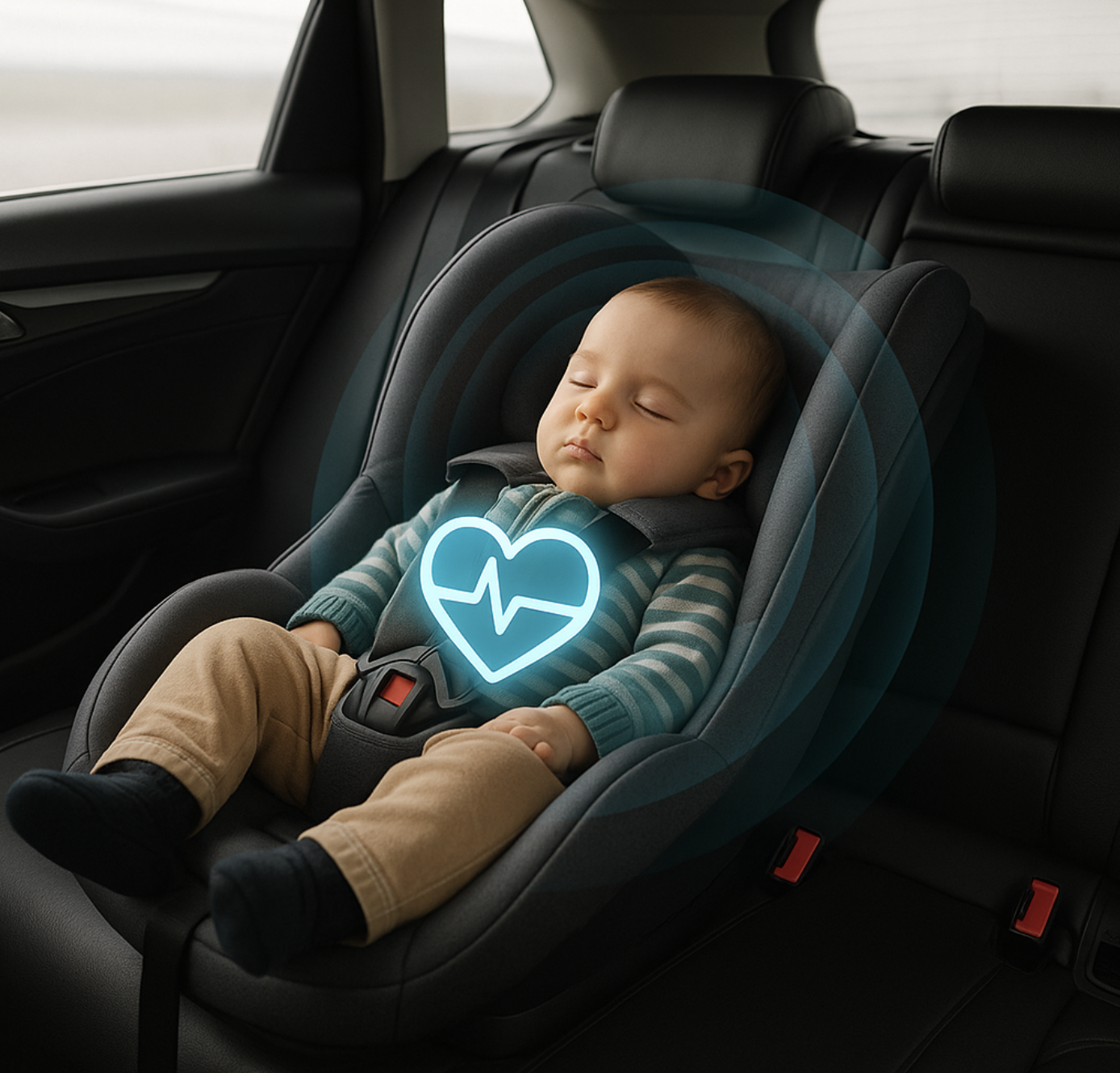


Recently, private images of a female car owner, captured by in-car cameras from a well-known automotive brand, were leaked online — sparking public concern over privacy and data security in smart vehicles.
This incident not only exposed the inherent privacy risks of optical camera–based in-cabin monitoring systems but also highlighted the urgent need for non-optical alternative technologies.

Privacy Risks in In-Car Monitoring: The Inherent Flaws of Optical Technology
The car interior is traditionally considered a private space. However, as smart vehicles are increasingly equipped with sensing technologies, this private zone has become more transparent.
Conventional camera-based monitoring systems inherently carry privacy risks, as they can capture clear images and videos of occupants. Once such data is hacked or leaked, it can lead to severe privacy breaches — as demonstrated by the recent case involving the leaked video of a female car owner.
Unlike optical cameras, MEMS ultrasonic sensors do not capture any visual data. They detect the presence and movement of objects inside the car by emitting and receiving ultrasonic signals — completely avoiding the collection of visual or biometric information.

Child Presence Detection (CPD): Technology Choices for Life Safety
The Child Presence Detection (CPD) system plays a crucial role in ensuring the safety of children inside vehicles by detecting whether a child or other living being remains in the cabin after the vehicle is parked and alerting the driver in time.

CPD systems can be divided into direct and indirect sensing methods:
• Direct sensing detects vital signs such as breathing or heartbeat to determine if a living being is present.
• Indirect sensing relies on pressure or capacitive sensors to infer the presence of an object but cannot distinguish between a living being and an inanimate object.
According to the Euro NCAP (European New Car Assessment Programme), starting in 2025, only CPD systems using direct sensing technology will be eligible for safety ratings — driving wider adoption of MEMS ultrasonic sensing solutions.
